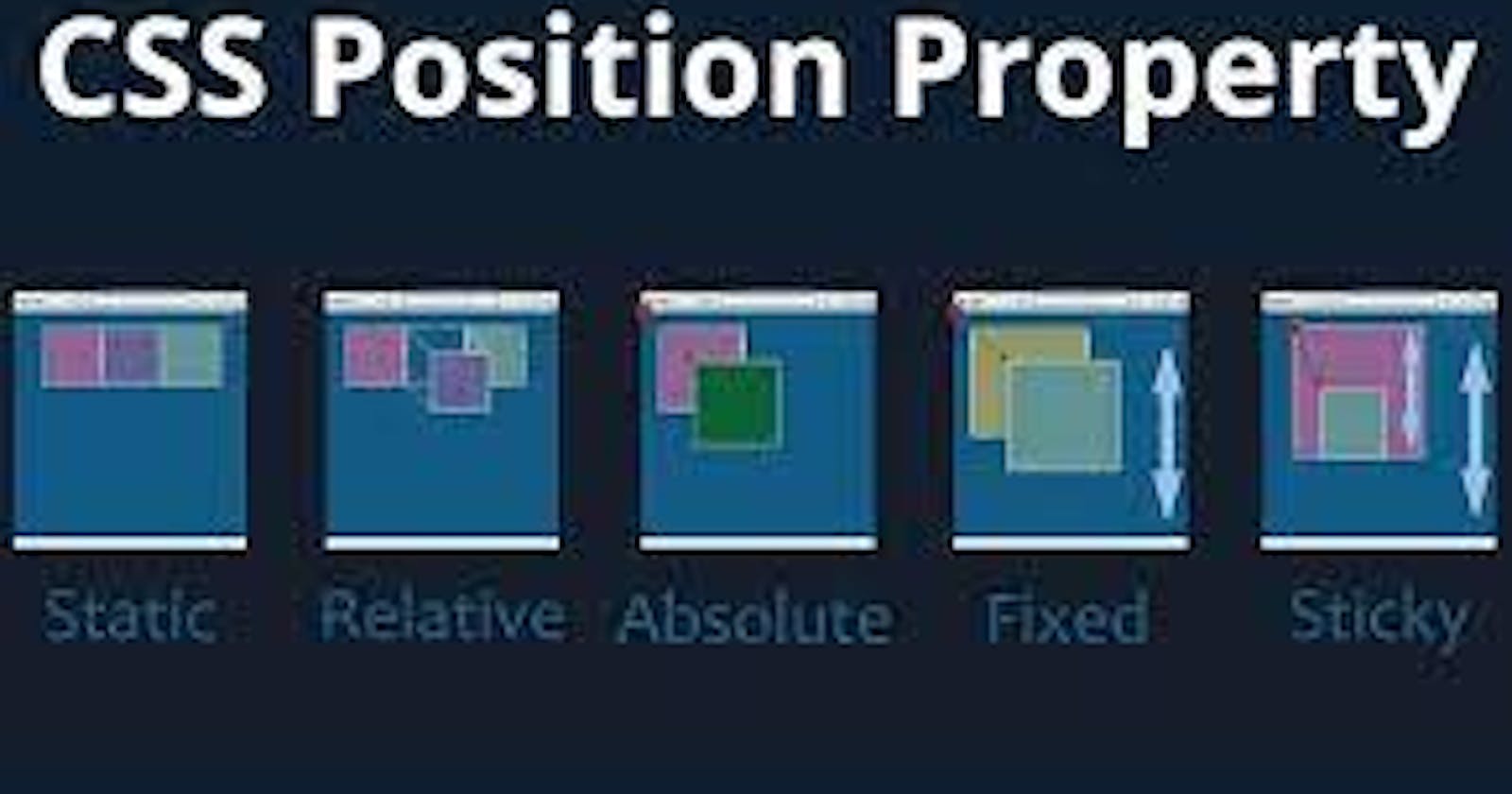The position properties in CSS are used to control the positioning of elements on a web page.
There are five main position properties in CSS:
static: This is the default value for the position property. Elements with
position: staticare positioned according to the normal flow of the document. Top, right, bottom, left, and z-index properties do not affect statically positioned elements.relative: Elements with
position: relativeare positioned relative to their normal position in the document flow. By using thetop,right,bottom, andleftproperties, you can move the element in any direction without affecting the position of other elements. However, the space occupied by the element remains unchanged.absolute: Elements with
position: absoluteare positioned relative to their nearest positioned ancestor (an ancestor element with a position value other than static), if any; otherwise, they are positioned relative to the initial containing block (usually the viewport). When usingtop,right,bottom, andleftproperties, the element is taken out of the normal document flow, and other elements will fill in the space it would have occupied.fixed: Elements with
position: fixedare positioned relative to the viewport. They do not move when the page is scrolled. Fixed elements are commonly used for creating sticky headers or navigation bars. Similar toabsolutepositioning, thetop,right,bottom, andleftproperties are used to control the element's position.sticky: Elements with
position: stickyis positioned based on the user's scroll position. They behave likerelativelypositioned elements until the user scrolls to a specific threshold, at which point they become "stuck" to a certain position. This is useful for creating elements that remain fixed within their parent container until a specific scrolling point is reached.These position properties give us control over how elements are positioned on a web page, allowing us to create various layouts and effects. By combining these properties with other CSS rules, we can achieve precise control over the positioning of elements in our web designs.

